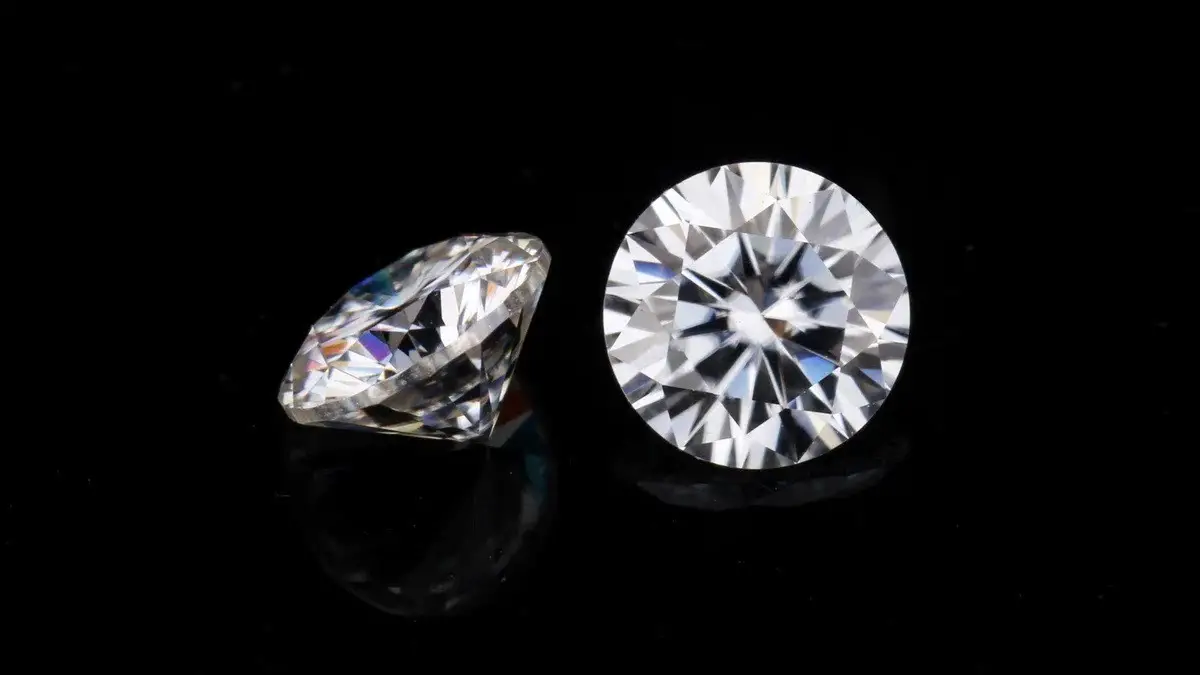
Like many beautiful and exquisite things, the diamond has a direct connection to France. More precisely, the word “diamond” comes from the French language and means “brilliant”. However, all over the world it is customary to say diamond, but brillant is mentioned only in the context of cutting.
And this is logical. A natural diamond is a stone that is not very attractive outwardly. Only a quality cut turns it into a sparkling perfection. What is the classic and reference cut of a diamond? There are 12 main types of diamond cuts. At the same time, mankind has preferred the classic round cut – Standard Round Brilliant cut – to all others for more than a century. From 75% to 90% of diamonds sold in the world at the moment have the traditional shape and 57 or 17 facets. Who invented the round brilliant cut?
History of creation
The history of the perfect diamond dates back to the 17th century, when jewelers began to master new faceting techniques to bring out the beauty of the gemstone, making it burn and play brighter.
The first prototype from the French Cardinal
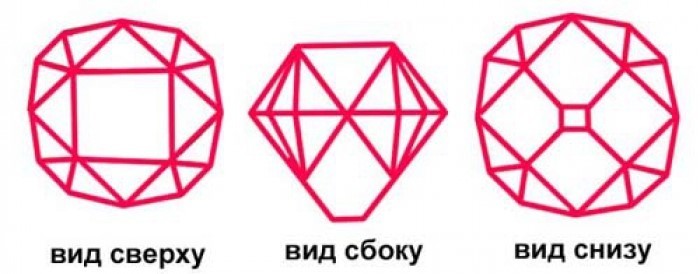
Fig 1. Schematic of a diamond cut by Giulio Mazarini
The first “prototype” of the round cut is attributed to the formidable cardinal, the smartest man of his time, Giulio Mazarini (perhaps this is the secret of the French origin of the word “diamond”). It is said that in 1650, the cardinal personally invented a new form of double-cut stone, and did it to make the diamonds in the jewelry of courtiers shine even more dazzling at the “candle parties” of the Baroque era.
Mazarini’s cut suggested that the stone was given a cushion shape with a rounded girdle shape and 34 facets. Thanks to the rather large calette, the stone gained the ability to refract light better, enhancing the unique diamond brilliance.
Why all these jewelry excersises to a political genius with almost unlimited power? It is said that Mazarini adored diamonds and owned many outstanding specimens, including the famous golden Sancy. Plus, he was a man of refinement, a true aesthete.
The forerunner of the circle. – rectangle from Venice
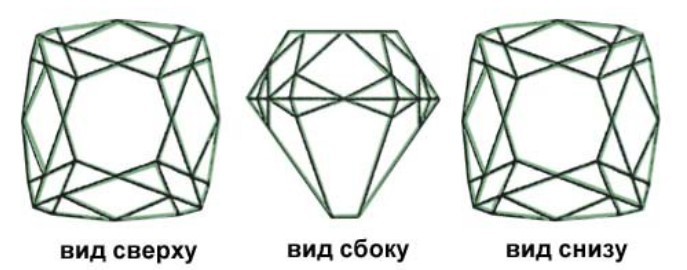
Fig 2. Schematic of the Peruzzi Cut diamond cut
History then takes us back to around 1700, where the Venetian cutter Vincenzo Peruzzi invented the triple cut for diamonds based on Mazarini’s method. The triple cut Peruzzi Cut (it was the first time it was called a diamond cut) did not resemble the modern cut at all. The diamond had a rectangular shape with rounded edges, 58 facets, a tall and rather disproportionate pavilion and crown. Another name for the Peruzzi Cut is the Old Main Cut.
A perfect Kr-57 diamond

Fig 3. Schematic diagram of the classic round cut diamond Kr-57
And finally, at the end of the 19th and beginning of the 20th century, the modern reference Standard Round Brilliant cut appeared. Who invented the classic round cut? In 1919, mathematician and engineer Marcel Tolkowski, a descendant of a Polish jeweler, while doing research for his doctoral dissertation, calculated the proportions of an ideal diamond. He presented his calculations, observations, remarks and conclusions in his work “Diamond Design” and confirmed the calculations experimentally. It was Tolkowsky’s cut that was accepted as the Ideal Cut and remains so to this day. Later, Wilhelm Eppler made his own suggestion as to the proportions of the best cut, but Tolkowsky’s method still became the reference.
The basic elements of the round cut
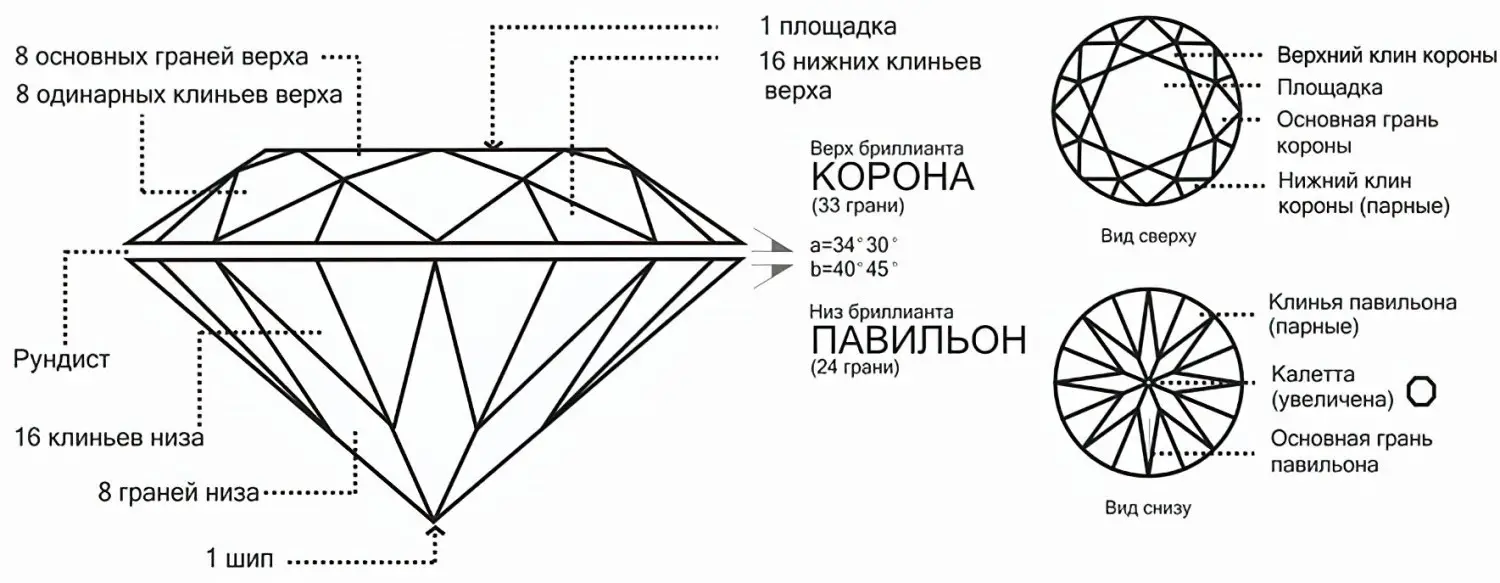
Figure 4. Basic elements of a round cut diamond
How many facets does a classic cut diamond have? A total of 57 (denoted “Kr-57”). Let’s look at their arrangement. A round brilliant with a perfect “Tolkowsky” cut consists of several elements.
Crown – 33 facets, truncated cone shape
The crown is the “tip”, the upper part of the mineral, which includes:
Pavilion – 24 faces, the shape of an inverted cone
The pavilion is the lower part of a brilliant-cut diamond. It consists of 8 main facets in the shape of a deltoid and 16 paired wedges. Sometimes (extremely rare) there is 1 facet of the calette – the lowest part of the stone. But, as a rule, it is reduced to a sharp spike, so that when looking at the stone from above, it remains invisible and does not give the impression of an extraneous inclusion.
Ideal proportions of a round cut
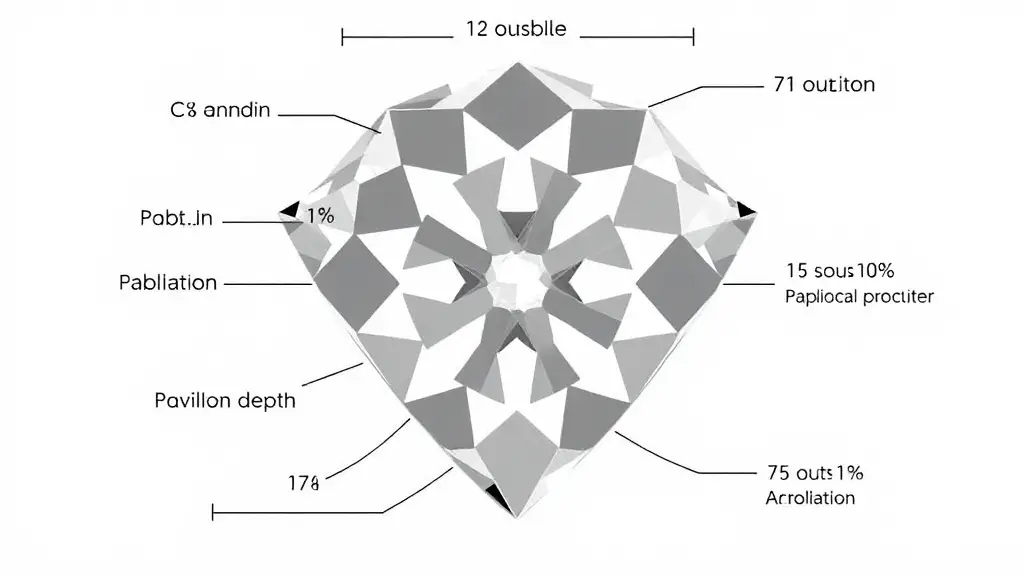
Figure 5. Ideal proportions of the Kr-57 round cut.
Of course, it is not only the number of elements, but also their symmetry, the quality of polishing and the exact proportions based on Tolkowsky’s calculations. Thus, the total height of the stone should be 60% of its diameter, the platform should account for 53-65% of the diameter, the crown height should be 16.2%, the pavilion 43.1%, and so on. Even the angles of inclination of the various faces have been determined. A step to the right or left and even the highest quality diamond no longer looks like radiant perfection. That is why the quality of cut plays a decisive role in the evaluation of diamonds, and the cutter’s profession is one of the most respected in the jewelry world.
Why the round cut is so popular
There is a very simple answer to this question. It is the classic round brilliant cut diamonds that allow the maximum amount of light to pass through and “return”. Thanks to this fact, the beauty of the stone is fully revealed.
There is another point that is not often mentioned. The fantastic radiance and brilliance that a round diamond generates helps to hide its minor imperfections – for example, non-ideal transparency, yellowish tint.
In addition, this form of cutting minimizes the likelihood of mechanical damage to the stone, which means that the jewel has every chance to please even very distant descendants of the first owner with its pristine brilliance.
Disadvantages
However, the round cut has an unpleasant feature – you can’t save money on it. It is not by chance that round diamonds with 57 classic facets are more expensive than their counterparts of other shapes. This is due to the fact that a nugget loses up to 50% of its mass before it turns into an ideal diamond with 57 facets.
Round cut 17 facets
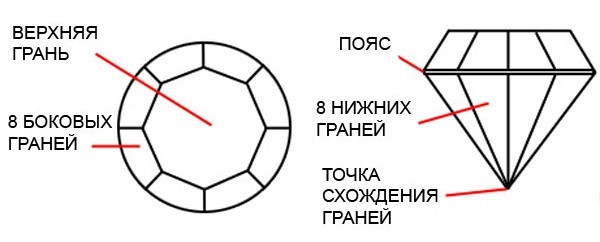
Figure 6. Schematic of the Kr-17 round cut for small stones
There is a variation of the round cut in which the stone receives only 17 facets – the round simple cut. Such a stone also has an octagonal pavilion, which is framed by crown wedges connected to the girdle. The pavilion has the shape of a cone made up of 8 facets.
But why do you need the “Circle” cut of 17 facets, if there is a reference cut? The fact is that the naked eye can assess the play of light in a stone with 57 facets only if the weight of the gem is at least 0.03 carats. If the weight of the mineral is less, a simplified cut is used. Moreover, if you apply the classic cut to small stones, you can simply ruin them. And, again, one should not forget about “collateral losses”: the more facets are applied to a stone, the greater the loss of mass during processing.
Round brilliant cut diamonds in
No matter how many facets you prefer, we are sure to have diamonds to suit your taste and, importantly, your capabilities. Open our catalog and choose from round diamonds or ready-made luxury diamond rings.